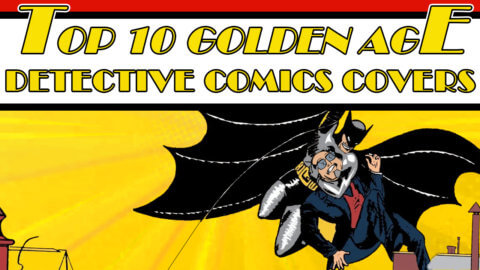Over the years, as an aspiring comic book writers, I’ve sat in on a number of con panels that offers advice on how to break into comics.
Most of the advice cautions against submitting unsolicited Word documents of their scripts to editors. Rather, most industry insiders state that aspiring comics writers should collaborate with an artist (or artists) and final product (i.e. the finished comic) publishers for their consideration. The reasoning is that it gives editors a better idea of how your writing style will translate into the medium. (It will also give you, the aspiring writer, an opportunity to work with an artist and is a valuable learning experience because you have the opportunity to identify (and hopefully rectify) any issues that come up during the collaboration process.)
This afternoon, I had the opportunity to sit in on a panel called “The Secret Life of the Comic Book Editor” with DC editor Joey Cavalieri. Cavalieri is an awesome panelist and he offered an extension on the above advice. He agreed that, by adding art to your writing, does bring stories to life, but that you should make sure that you use the best possible art that you can afford (he also suggest that you should pay your artist(s) for their contribution to the finished project). Cavalieri, who has his BFA in visual arts and is also a writer, cautions that bad art may be a roadblock to getting noticed. There are a lot of editors who simply get past the bad art to read what you’ve written.
He also mentioned that aspiring comics creators should become quite self-reflexive in terms of their own comic book choices in order to understand why you choose the comic books you do. There are a lot of comics out there and most of our decisions on what to buy comes from the judgements we make about what’s on the cover of a particular issue. Aspiring creators should take note about what attracts them and what repulses them. Cavalieri states that you should think hard about why you picked that particular comic up and, perhaps more importantly, to reflect on those covers that you reject. By asking yourself why you weren’t attracted to a particular comic, you can identify reasons why people might not pick up your comic. In other words, make sure that once you’ve identified those repulsive elements, you should make sure that you include them in your own covers.
![the_more_you_know2[1]](https://www.comicbookdaily.com/wp-content/uploads/2010/08/the_more_you_know21-300x197.jpg)
Shelley Smarz is a comic book scholar and business woman. While she’s disappointed that her original plan of “interviews! interviews! interviews!” will probably not happen because things are utterly and completely INSANE. However, in the spirit of making lemonaid when she’s given lemons, she’s content to cover panels and offer off-colour commentary instead. Stay tuned!


